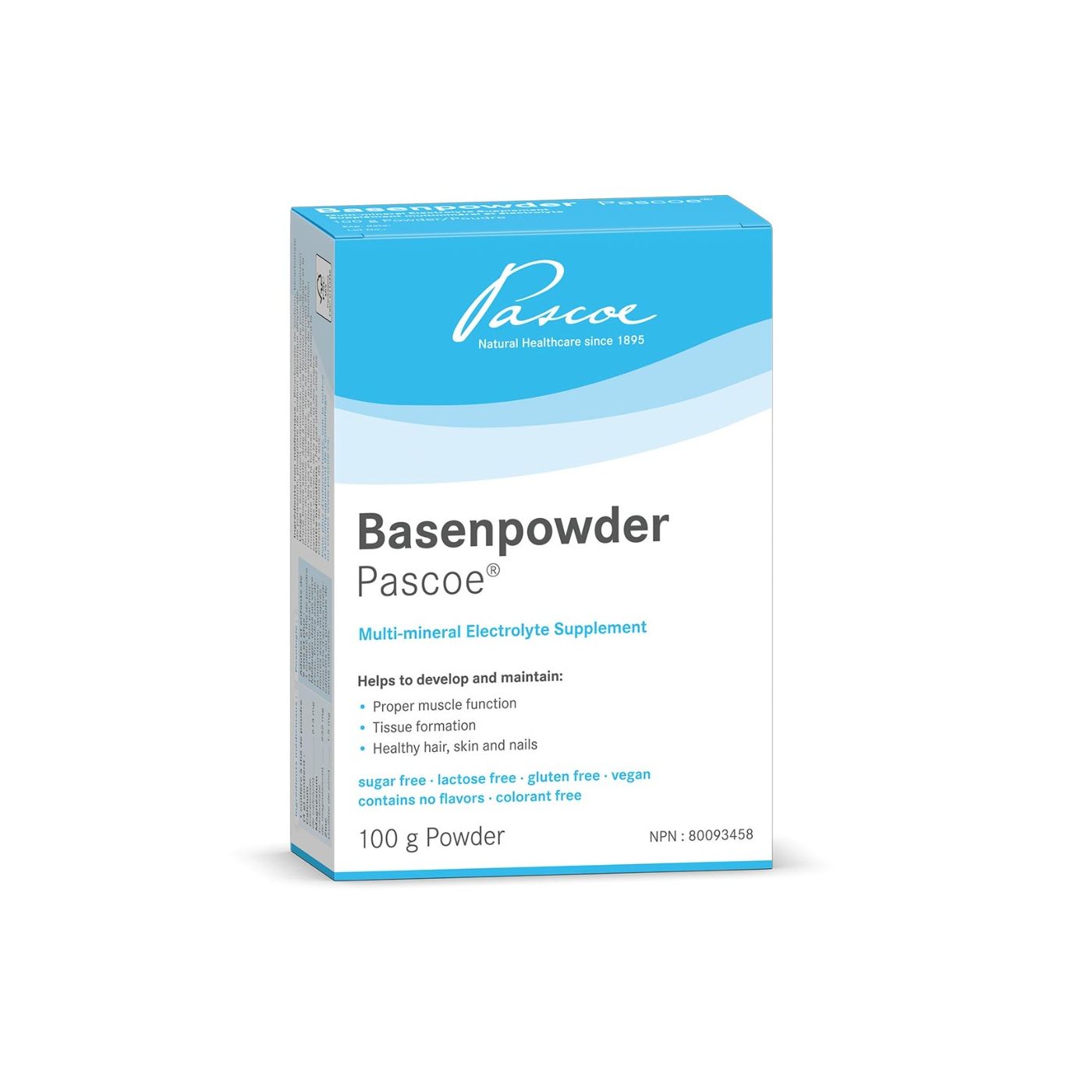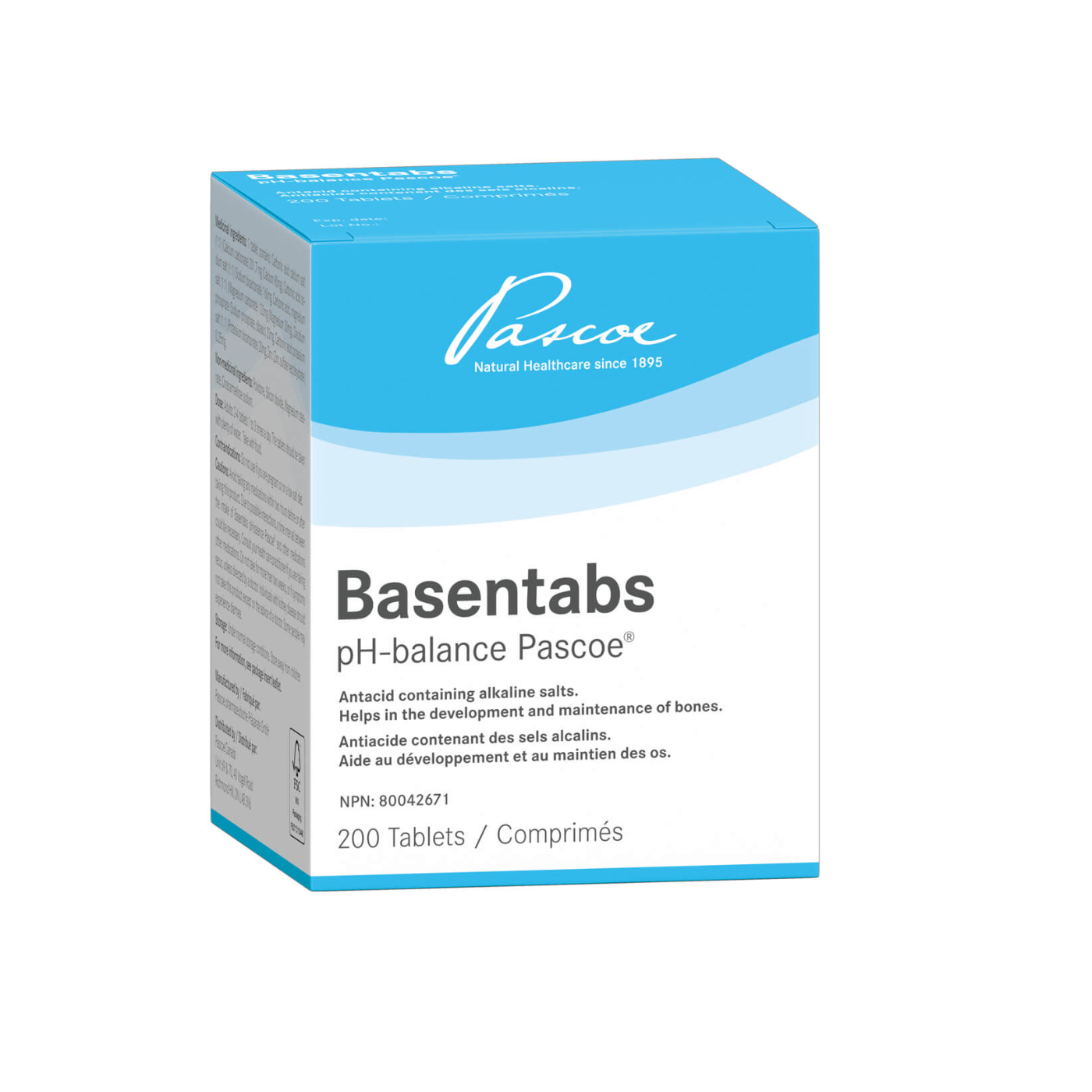How to reduce body acidity
Your body’s pH balance is a necessary function of life, bodily functions and health. This is known as your acid-base balance. Your body’s pH fluctuates throughout the day in order to do its job.
Maintaining and restoring pH balance in the body is something you are born with. Sometimes factors can reduce your body’s ability to maintain a healthy balance between alkalinity and acidity.
Our body is designed to function optimally within a specific blood pH range. pH levels throughout your body can vary significantly, from stomach acid to vaginal pH. When referring to acid-base balance we are talking about your blood pH and whether it is more acidic or alkaline.
The pH scale ranges from 0-14, 7 being neutral. Values below 7 are considered acidic and values above 7 are considered basic. Your optimal blood pH level is slightly basic, around 7.35-7.45.
Your body works hard to keep your blood slightly basic. It achieves this by acid removal through your kidneys and carbon dioxide by breathing.
Our environment, processed foods, and stress can have an effect on the body that reduces our body’s ability to eliminate acids. This can make your blood more acidic over time. Eventually this could lead to serious problems such as acidosis and reduced organ function.
Luckily, there are easy methods to test your pH at home. This can help navigate your blood pH levels and use that information to supplement your body for a more alkaline pH!


How to Balance pH Levels in the Body
Let’s first understand why you might be unbalanced. High acid in the blood can have many noticeable impacts. If you fit into one or several of the categories below, it might be time to get active about your acid-base balance!
Symptoms of high acidity:
- Chronic inflammation
- Fatigue
- Headaches
- Restlessness and anxiety
- Brain fog
- Digestive issues
- Sleep disturbances
- Skin problems
- Loss of appetite
In addition to symptoms of an acidic environment, these can eventually lead to more serious complications of acidosis. Your body will try to remove the acids putting extra strain on your kidneys and lungs. This can eventually lead to strain on other organs in your body. It is important to recognize the symptoms and measure your pH to help balance your body.
How to measure pH:
The best way to measure blood pH at home is through urine. Litmus paper or pH strips accurately read urine pH levels, which is the closest measurement to blood pH without drawing blood.
Your pH levels should follow a circadian rhythm throughout the day. As you eat and drink during the day your pH levels should change in response. If your pH levels remain unchanged, this is a sign of high acidity in the body.
In the morning, you should have a value lower on the pH scale. This provides clear information that your kidneys are working to remove acids overnight. As you eat, drink and move around your pH levels will begin to rise.
Acid producing processes in the body increase hydrogen ions in the blood. When your body cannot convert excess hydrogen ions into carbon dioxide to be exhaled, blood acidity rises or pH levels decrease.
There can also be many reasons why your acid-base balance is off kilter. Medications and underlying health conditions can contribute to acidic environments. It is important to talk to your doctor about your health to understand your acidosis.
How to Balance pH Levels in the Body
Reducing body acidity is something that can be achieved. Improving the environment in which your cells operate can help minimize risk of disease and relieve symptoms of high acidity.
First it is important to measure pH levels. This can provide you with a good basis and history of your acid-base levels. In order to reduce acidity, you must buffer acids. Buffering acids with diet is an effective way to maintain optimal pH levels as well as to correct acidity.
Top 10 Alkaline foods
The health benefits of alkaline foods go beyond buffering acids. Alkaline foods are rich in vitamins and minerals that support other bodily functions and health benefits.
Take a look at your fridge after reading the list below. Introducing more of these items in your diet can help with acidity.
- Swiss chard, kale and collard greens
- Lemons
- Broccoli
- Celery
- Almonds (as well as other nuts)
- Ripe Bananas
- Beans
- Ginger
- Tomatoes
- Avocado
It is also important to evaluate the foods that increase acidity in the body. Foods high in acidity don’t have to be avoided. But, creating a balance between acidic and alkaline foods can promote a healthy lifestyle.


Items that contribute to acidity in higher levels:
- Proteins (meat)
- Eggs
- Medications
- Preservatives and other chemicals
- Dairy
- Grains and grain products
- High sugar products
- Artificial sugar and ingredients
Creating a balance between acidic and alkaline foods is the best approach for balancing your pH levels. Over indulging in one or the other can have it’s own set of consequences. A useful tool to help keep you on track is an alkaline foods chart or an alkaline diet for beginners. These tools can help with eating habits and help offset over acidity with more alkaline suggestions.
Buffer acids with food, supplements and lifestyle choices:
Acidity in the body can also be affected by stress, lack of exercise, too much exercise or other environmental factors. Stress is often accompanied by sleep problems. Managing stress and improving sleep can help reduce strain on your body’s ability to buffer acids.
Tips to help reduce acidity:
- Improve sleep
- Increase exercise or rest if you are exercising too frequently
- Replenish your body with electrolytes
- Limit caffeine and alcohol
Alkaline body benefits:
An alkaline environment is where your body can operate optimally. Over acidity can reduce the effects of necessary medications, treatments and other efforts to improve health.
A more alkaline body could potentially help you lose weight. When your body is acidic or overly toxic, weight loss efforts can be diminished. Often people report this feeling as a plateau.
Important role of mineral supplements:
Our body contains many elements most notably oxygen, hydrogen, carbon and nitrogen. We also contain elements such as calcium, magnesium, sodium and potassium.
When your body is highly acidic, it will draw elements from your body’s reserves to buffer acids in the blood. For example, calcium reserves in your bones. This can lead to a decrease in bone density and sometimes osteoporosis.


Supplementing your body properly with minerals and electrolytes can help maintain an acid-base balance. It can also reduce complications from low reserves.
Important minerals for your body:
- Calcium
- Magnesium
- Potassium
- Sodium
- Zinc
Minerals can help promote healthy skin, hair and nails. They can also help with muscle function, tissue formation and promote a healthy immune system.
Always talk to your doctor before taking supplements and minerals when using certain medications.
Disclaimer
Pascoe Canada does not offer health or medical advice as we are not a healthcare practitioner. Please speak with your healthcare practitioner before beginning any program related to nutrition, diet, exercise, fitness, medical, and/or wellness. All content published by Pascoe Canada is developed through collaborating with licensed medical professionals and contributors. This includes text, graphics, images, and other material on the website, newsletter, and products (“Content”). This content is for informational purposes only and does not constitute medical advice. The content does not substitute professional medical advice, diagnosis, or treatment. Please always do your own research on whether this is for you along with your healthcare practitioner advice. Always consult your healthcare practitioner prior to using specific herbs because you might have underlying conditions that need professional care. The content is general in nature and is subject to change. It is not intended to cover all possible uses, directions, precautions, warnings, drug interactions, allergic reactions, or adverse effects.




